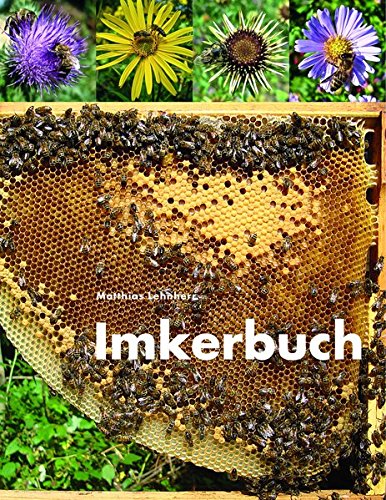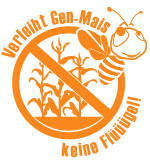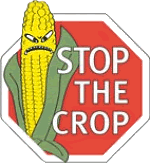Details for Effect of Propolis and Saline Dressing
Faculty of Agriculture, University of Khartoum, and
ENRRI, Sudan Academy of Science, Khartoum, Sudan
To assess the tolerability and safety of propolis dressing
material compared to saline on wound healing in diabetic patients, two groups
of 30 patients each were treated with 7% propolis paste in group (A) and with
normal saline in group (B). All of them were under medical antibiotics.
Organisms isolated and identified from the swap culture of
patients in group A before and after treatment, Staphylococcus aureus 42.9%
dropped to 5.3% Klebsiella peumoniae 14.3% dropped to 5.3%, E. coli 7.1%
dropped to 5.3%, Streptococcus pyogenes 3.6% and unidentified 3.6% were
disappeared and sterile growth 28.6% raised to 84.2%.
In group B organisms identified Staph. 41.4% dropped to
8.3%, Strep. 6.9% and Pseudomonas 3.45% were disappeared, E. coli. 10.3% decreased
to 4.2%, Klebs, which was not detected before treatment appeared in 4.2% and
sterile growth (31.0%) increased to 75%.
Duration of wound healing by propolis paste, 13.3% patients
were completely healed at less than 6 weeks, 53.3% after 6 weeks and before 3
months and 33.3% after 3 months before 6 months. Only 6.9% patients were
subjected to skin grafting. The outcome of the treatment with propolis paste,
48% patients healed with no amputation, 41.4% kept on dressing and ulcer
improvement, 3.4% patient with minor amputation and 3.4% patient was under
major amputation.
With normal saline, 11.1% patients were healed within 6
weeks, 44.4% between 6 weeks and 33.0 between 3 & 6 months, 11.1% patients
exceeded 6 months towards one year, and 3.3% patients were subjected to skin
grafting.
The outcome of patients treated with normal saline, 57.1% were
healed without amputation, on dressing and ulcer proving 39.3% and with minor
amputation 3.6%.
At the end of the treatment all patients treated with saline
dressing material showed different stages of wound discharge with pus cells
53.6% with wound serious 7.1% and with serosanginunois 39.3%. However, all
patients were shifted to other dressing materials.
 Lehnherr, Mathias (8. Aufl. 2017) [1992]: Imkerbuch
Lehnherr, Mathias (8. Aufl. 2017) [1992]: Imkerbuch


